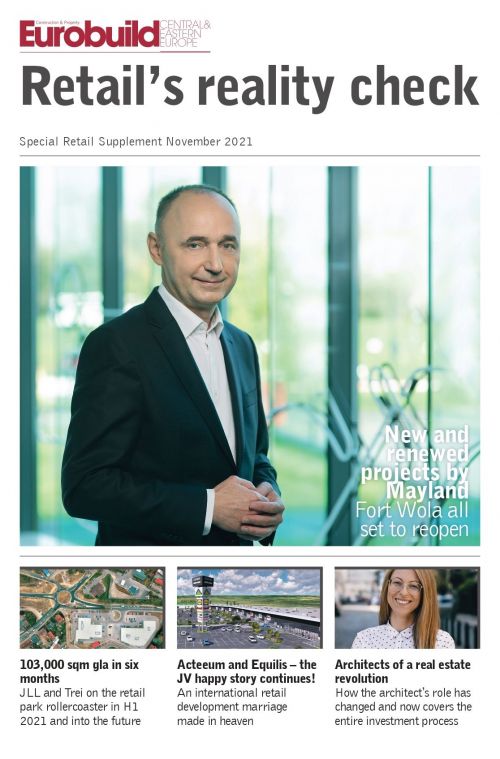JLL and Trei Real Estate Poland, the authors of the second edition of the ʻRetail Parks and Convenience Centres in Poland’ report, give us their summary of the market for such projects at the end of H1 2021, and outline the development prospects for the sector in Poland.
Supply – 3 mln sqm of retail parks & convenience centres
In the first six months of 2021, developers completed 242,000 sqm gla of new retail space, 43 pct of which was delivered in retail parks and convenience centres dedicated to every-day, quick shopping (app. 103,000 sqm). A further 237,000 sqm gla remains under construction across the two formats, of which 188,000 sqm is to be delivered to the market by the end of this year.
“The current supply of retail parks, both regional and traditional, and convenience centres in a retail park layout, total 2.87 mln sqm gla. Regional retail parks make up half of this space, however, their share is decreasing year-by-year in favour of smaller assets,&r































































